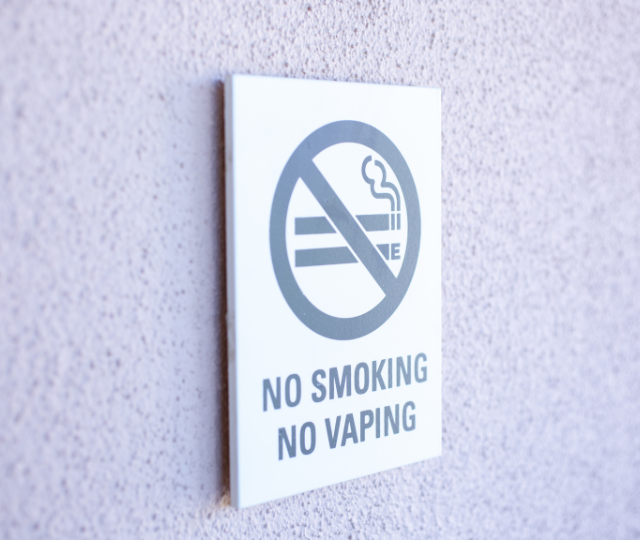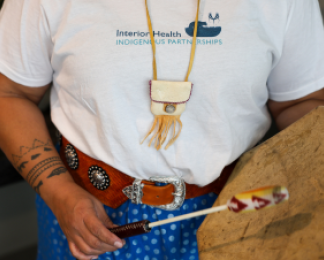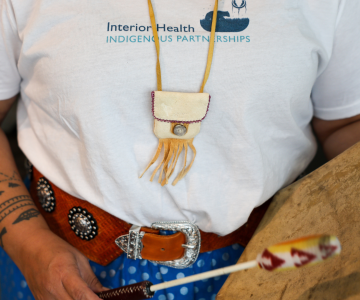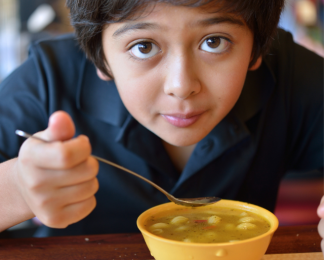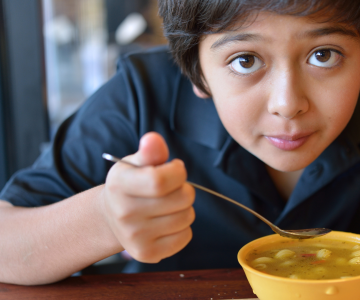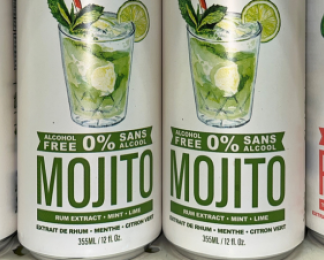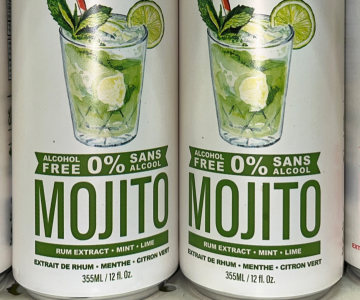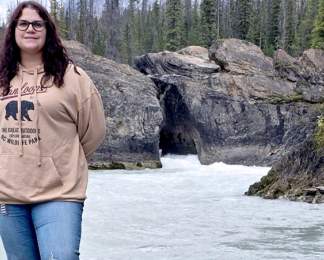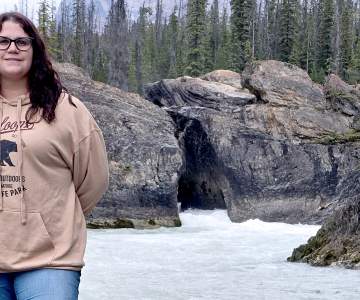Local governments
Creating smoke-free environments is a great way to improve the health of your community. Smoke-free outdoor spaces are highly effective in helping children and youth grow up to be non-smokers. These environments also support people who are trying to quit. Communities with smoke-free bylaws have lower smoking rates, less toxic litter that can be swallowed by children or pets, and fewer wildfires.
The Legal Substances Team can provide support and consultation to communities interested in reviewing or implementing a smoke-free bylaw. Please connect with a Legal Substances Reduction Coordinator via email for more information.
The Tobacco & Vapour Enforcement Team is responsible for conducting routine retail inspections and compliance checks. Please connect with a Tobacco & Vapour Enforcement Officer via email with any questions or to report any tobacco and vapour retailer contraventions.

